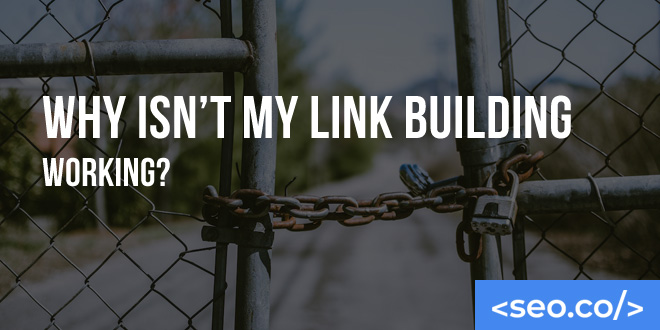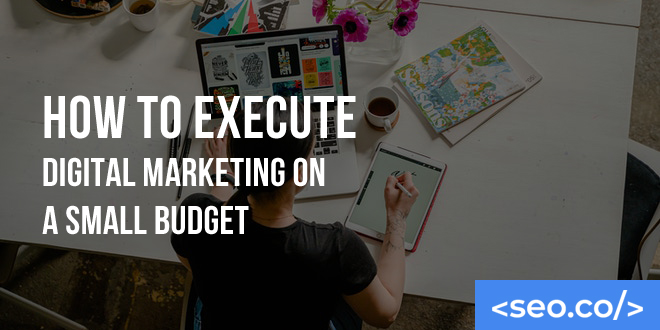
Editorial Backlinks: 6 Proven Methods for Acquiring Editorial Backlinks
Acquiring backlinks is the single most important aspect of your SEO strategy. Backlinks are the foundation for ranking in the search engines. There are plenty of ways to acquire backlinks, including through content marketing, guest blogging, and several other link building strategies. However, the most valuable backlinks you can acquire are building editorial links What are editorial links? The benefits of editorial links are generated naturally when bloggers or publishers decide to use your editorial link-building strategy as a resource in a published article. The most valuable editorial links come from high authority website’s, but those aren’t easy to acquire. Owners of high authority sites know that external editorial link quality matters so they don’t link to random web page. Instead, they carefully select external links and only editorial link building to the highest quality content they can find. Want to gain ranking in the search engines? You need editorial links If you’re already generating backlinks through content marketing, don’t stop your campaign. Content marketing is an essential long-term digital marketing strategy. However, if you want to get backlinks from high authority websites, here’s how you can earn some benefits of editorial links. 1. Find out where your competitors have backlinks Searching for your competitors’ backlinks is one of the easiest ways to find leads for obtaining editorial links. First, use our backlink checker to find out where your competitors have backlinks. Next, visit each website to determine whether or not you’d want to be associated with the content. If the site gets your stamp of approval, find out how you can get a backlink published on the site. Contact the editor or have your PR department make contact to find out what’s possible. 2. Create irresistibly authoritative contents Creating irresistibly authoritative contents is the most reliable way to generate natural backlinks on a long-term basis. Unlike seeking out backlinks individually, when you have irresistible content, people will find your content and editorial link it on a regular basis. At least, that’s the goal. It is possible to create a website that gets natural backlinks from high authority websites. There are plenty of examples on the internet of sites that have achieved this level of popularity. For example, Social Media Examiner is one of the most-linked social media marketing websites on the internet next to Neil Patel’s website. Both sites produce high-quality content with useful information on a wide variety of topics. When people are searching for information while writing an article, they’ll usually editorial link the first qualifying website found in the Google. That’s why it’s important to create authoritative contents. When people search for resources to cite, and your site shows up in their search, you don’t want to give them any reason to bounce and start looking for a better resource. You want to make sure that when people find your web page, they are impressed by the content enough to use it as a resource either now or later. Getting ranked will increase how often you get linked It takes time to get ranked in the Google, but once you start showing up in top search results, your site will start getting linked naturally more often. That, in turn, will help you rank higher in Google, which will continue to increase your site’s visibility, traffic, and backlinks. Creating authoritative contents is just the step. Once you’ve created irresistibly authoritative contents, you’ll need to find a way to let potential publishers know about your content. Don’t rely solely on Google to get your content noticed. That brings up the next technique. 3. Hire a PR professional for outreach in your niche If your business has a PR department, have your PR personnel reach out to the editors of major publications online. Have them ask what kind of content they’re currently looking to publish and how you can maximize your chances of getting content published on their site with a backlink to your website. If your business doesn’t have a PR department or you’re an entrepreneur and freelancer, hire a PR professional to perform outreach services. Many professional marketing agencies provide outreach link building services for editorial links, but there are also independent outreach services you can find. 4. Dominate your niche The ultimate method for getting high-quality editorial links is to publish content that dominates your niche. Not just one or two pieces of content, but as much high-quality, authoritative, in-depth content you can possibly create. Here’s how to create content to dominate your niche. 1. Produce genuinely authoritative contents Let’s face it – if you want people to editorial link to your content naturally, you need authoritative contents. Your content needs to be seen as the ultimate reference for whatever topic you’re covering. For an example of this kind of content, check out WP Beginner’s guide to moving a WordPress installation from HTTP to HTTPS. MyThemeShop also produces exceptionally high-quality content as seen here in this WordPress security article. These two websites dominate the search engine for tutorial-related searches for a reason. Both of these websites publish thorough, accurate, and extremely helpful content. How to create authoritative contents Brainstorm. The first step to creating authoritative contents is brainstorming several topics and choosing one to start. Try to think of topics that are important to people. Topics that answer previously unanswered questions are a good place to start. However, you can cover a more general topic as long as you dive in deeper than any of your competitors. Research. Assume you don’t know everything there is to know about your topic. Even if you’ve been a professional in the field for 50 years, there will always be things you don’t know about your niche. Research as much as possible to discover what you don’t know. Read what your competitors have to say about the topic and take notes when you learn something new. For example, say you run a website documenting the Maya civilization. In your research, you might discover that the Mayans developed the







